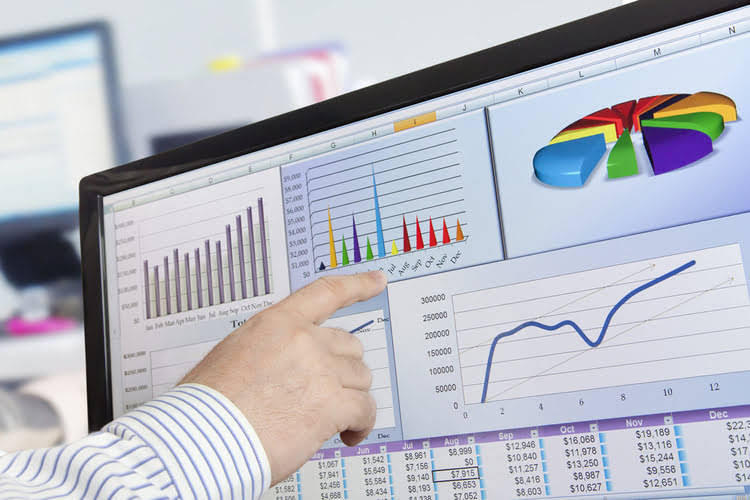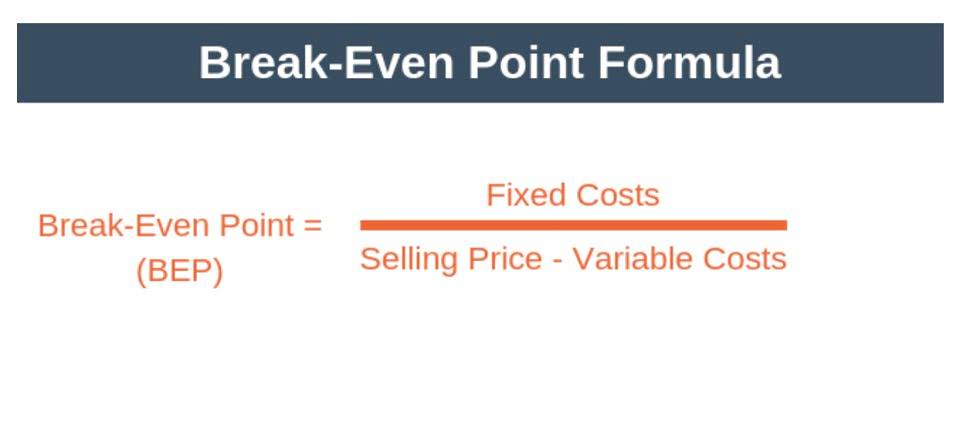
Process costing is suitable for some businesses, which produces similar products, such as a footwear manufacturing. Besides that, It is also applicable to manufacturing that has many processes which cannot identify the cost of each production process. Identify whether each business listed in the following would usejob costing or process costing. In the first stage of production, Coca-Colamixes direct materials—water, refined sugar, and secretingredients—to make the liquid for its beverages. The second stageincludes filling cleaned and sanitized bottles before placing a capon each bottle. In the third stage, filled bottles are inspected,labeled, and packaged.
How confident are you in your long term financial plan?
Manufacturing overhead is another cost of production, and it is applied to products (job order) or departments (process) based on an appropriate activity base. If a process costing system does not work well with a company’s cost accounting systems, there process costing examples are two more systems to consider. The job costing system is intended to gather costs for single units or small manufacturing batches. Typically, the cost per unit for each process will be calculated separately for direct materials and conversion costs.
Analyze inventory to determine the amount of inventory at the beginning of the period
It will be the problem when it comes to different products type, as the accountant still allocates the same cost to all products. It is not make sense when two products consume a different level of overhead but have the same cost. Process Costing will allocate same overhead cost to all product, which will result in less accurate and it will impact to product cost and selling price as well. As a result, our selling price will be much higher or under the market, it will impact to our profit. Management can review each cost of the assembly line and make any change if necessary. Assembly lines can be combined or separated based on actual production and resource management.
- The cost accounting methodology used for this scenario is process costing.
- The process costing system accumulates costs when a large number of identical units are being produced.
- While still in production, the work in process units are moved from one department to the next until they are completed, so the work in process inventory includes all of the units in the shaping and packaging departments.
- If you don’t have the time or expertise to handle your accounting manually, get the help you need with one of the best accounting software systems for small businesses.
#1. Weighted average costs:
For example, when an airline provides transportation for passengers the way it would produce any product. Process costing is generally used in industries that deal with chemicals, distilled products, canned products, food products, oil refineries, edible oils, soap, paper, textiles, and others. Any https://www.bookstime.com/ product that does not have a substantial sales value and relatively minor in quantity is called a by-product. Scrap value exampleMr Bean can no longer afford to give his staff 5% of the bars. As a result of this, there is another abnormal gain of 10kg, so 3,810 units are transferred to Process 2.
- Examples of products manufactured using the job order costing method include tax returns or audits conducted by a public accounting firm, custom furniture, or, in a comprehensive example, semitrucks.
- When we obtain enough information, only a simple spreadsheet is enough to complete the work.
- The next step is to calculate cost per unit for both direct materials and conversion costs for each stage of the process.
- The articles and research support materials available on this site are educational and are not intended to be investment or tax advice.
- The above steps are important because they ensure that the correct information is used in the calculation of the cost per unit of output.
Process costing is the optimal costing system when a standardized process is used to manufacture identical products and the direct material, direct labor, and manufacturing overhead cannot be easily or economically traced to a specific unit. Process costing is used most often when manufacturing a product in batches. Each department or production process or batch process tracks its direct material and direct labor costs as well as the number of units in production. The actual cost to produce each unit through a process costing system varies, but the average result is an adequate determination of the cost for each manufactured unit. Process costing is the optimal costing system when a standardized process is used to manufacture identical products and the direct material, direct labor, and manufacturing overhead cannot be easily or economically traced to a specific unit.

Divide the total cost by the number of units to determine the cost per unit

The diagram above shows the cost flows in a process cost system that processes the products in a specified sequential order. That is, the production and processing of products begin in the Mixing Department. Each Department inputs direct materials and further processes the products. Then the Packaging Department transfers the products to Finished Goods Inventory.
Process Costing Steps
When products have gone through all three stages ofproduction, they are shipped to a warehouse, and the costs areentered into finished goods inventory. Once products are deliveredto retail stores, product costs are transferred from finished goodsinventory to cost of goods sold. Figure 4.1 shows how product costs flow through accounts for jobcosting and process costing systems. Table 4.1 outlines thesimilarities and differences between these two costing systems.Review these illustrations carefully before moving on to the nextsection. The first step to calculating product cost per gallon is to determine what process each expense relates to. Next, the cost per unit for each stage of the process must be calculated.
How much are you saving for retirement each month?
On balance sheets, companies include the value of this work in the process. The true cost of these unfinished goods may vary, for example, if raw material prices fluctuate from month to month. Companies will wind up with inaccurate product pricing if they do not accurately estimate the cost of work-in-progress components. While still in production, the work in process units are moved from one department to the next until they are completed, so the work in process inventory includes all of the units in the shaping and packaging departments.






